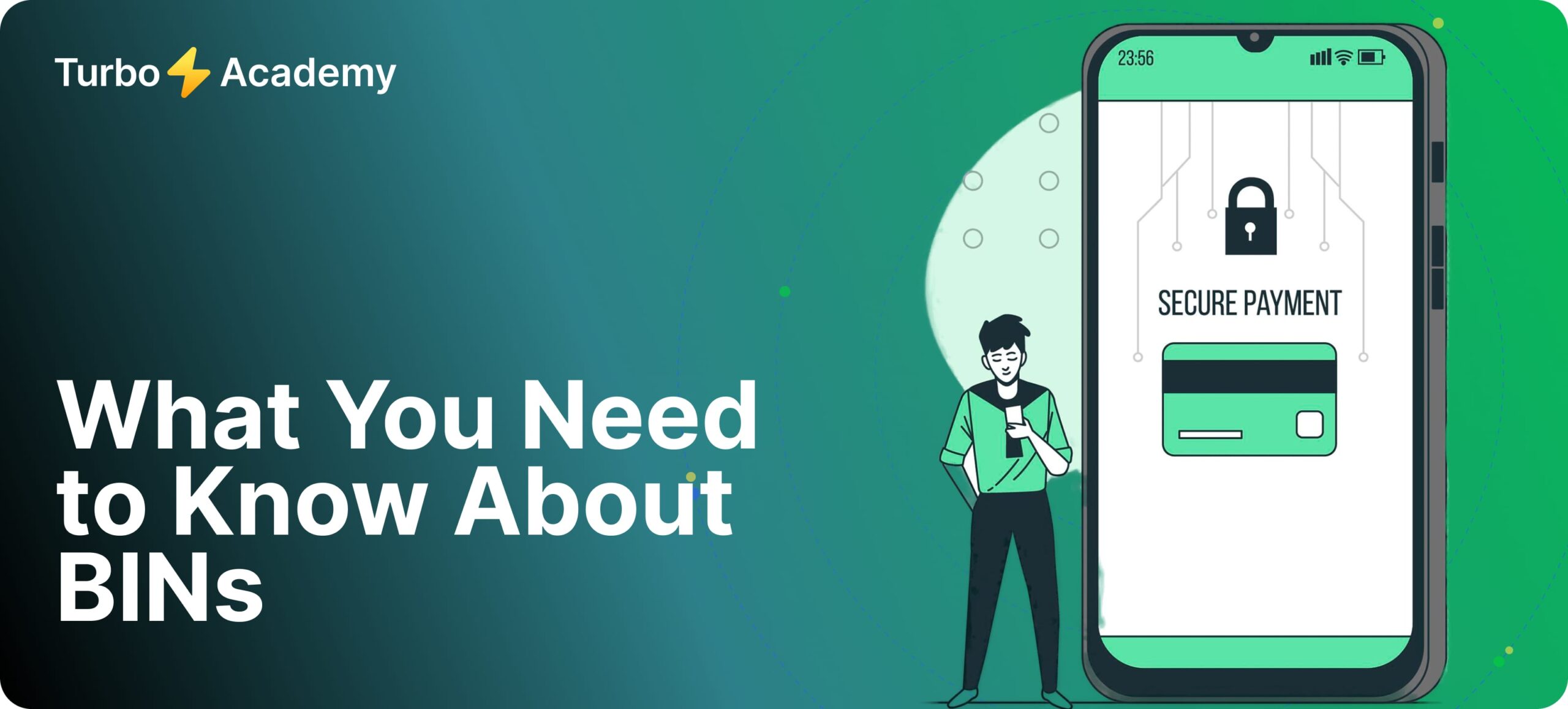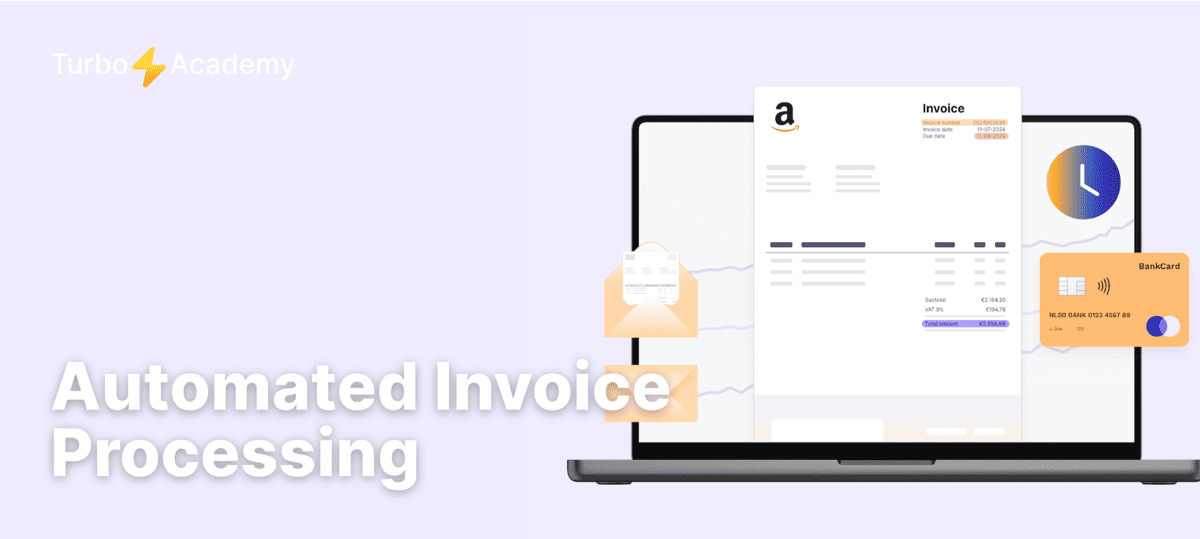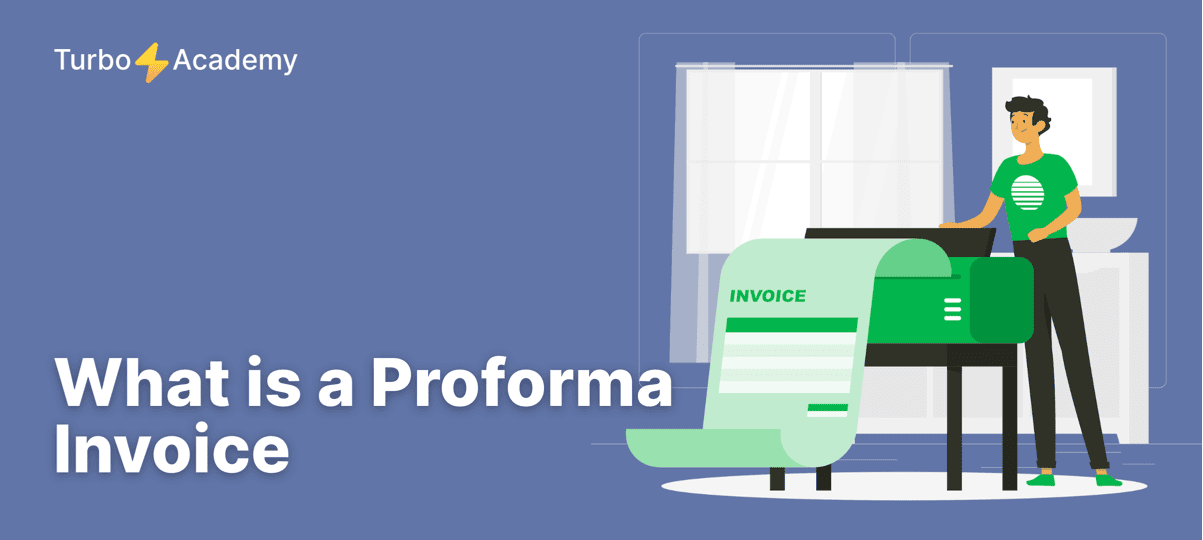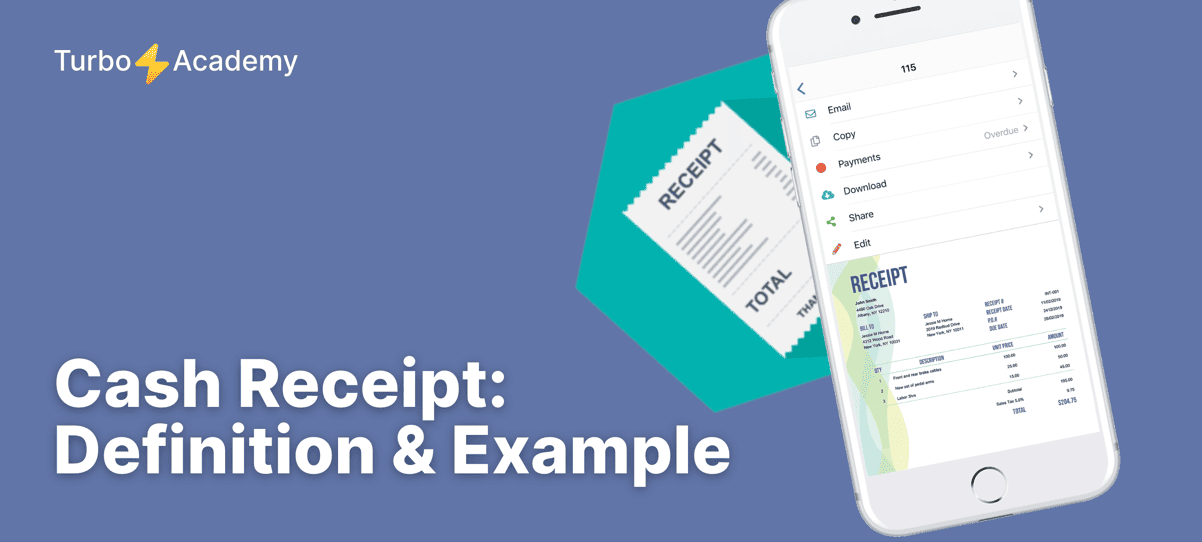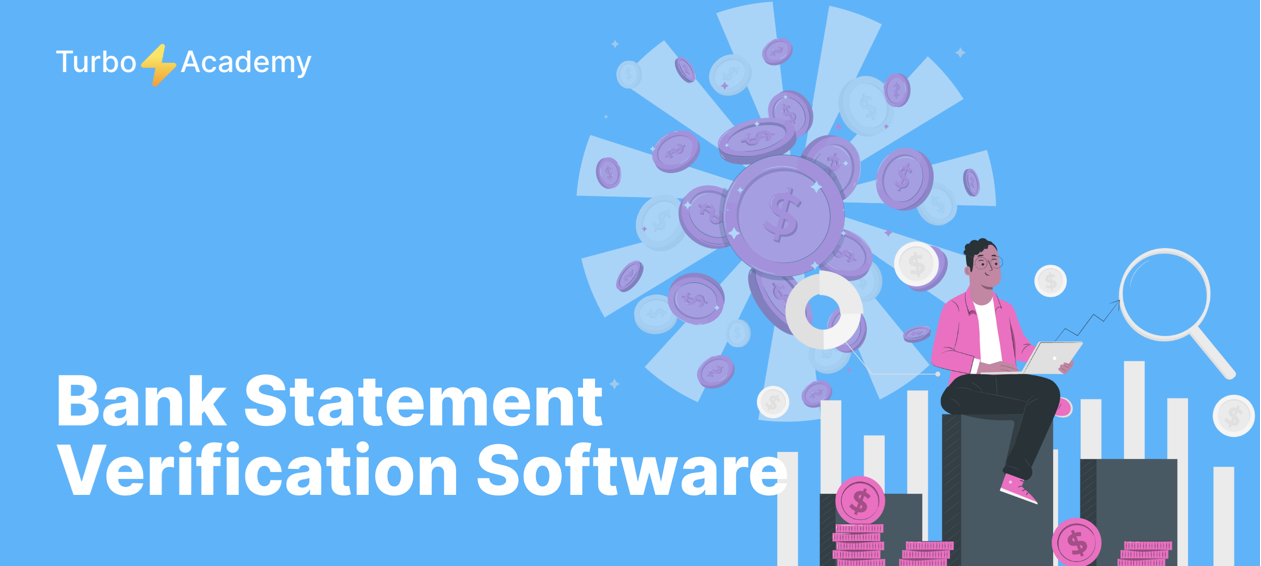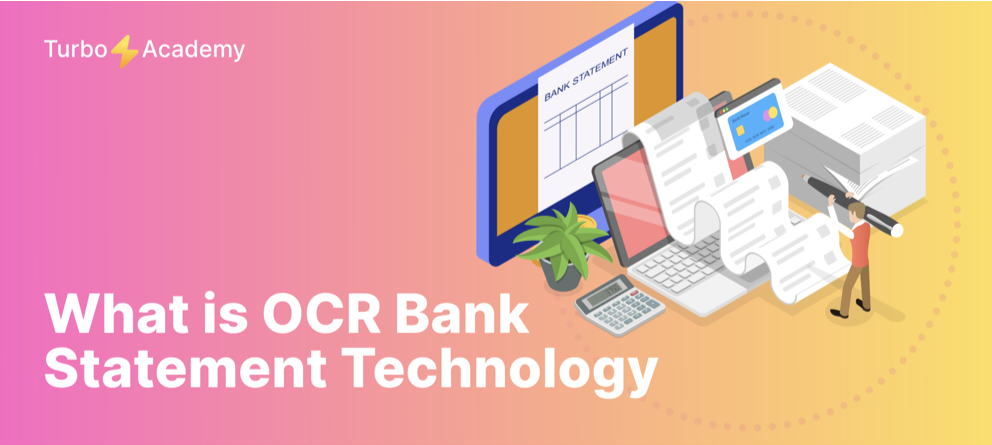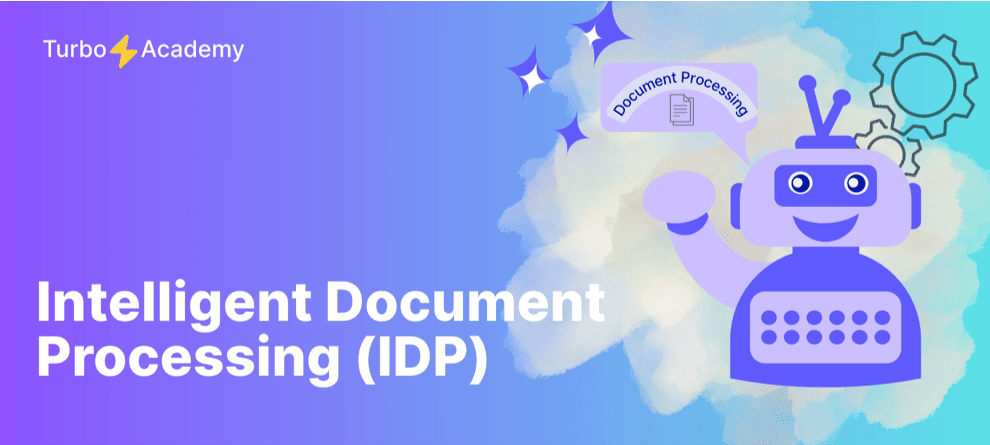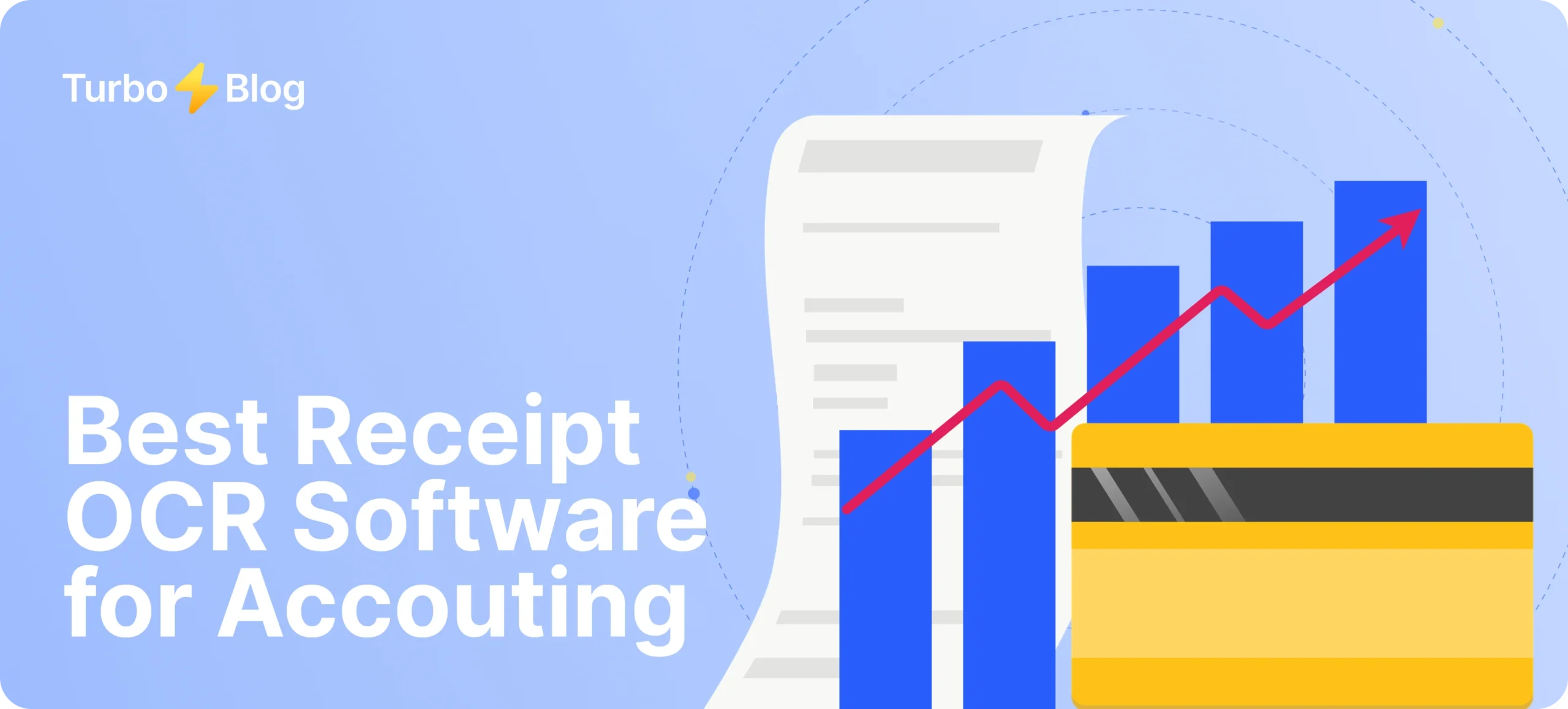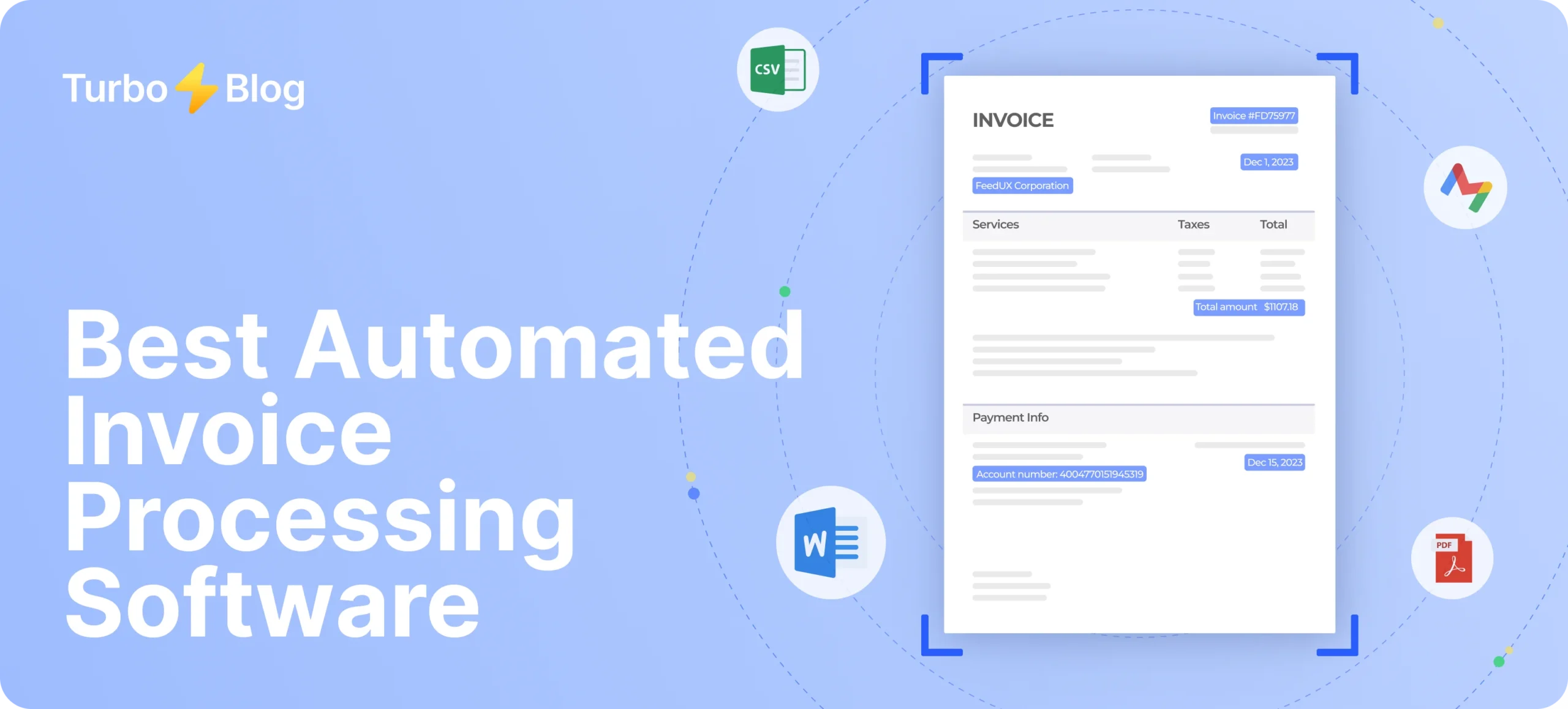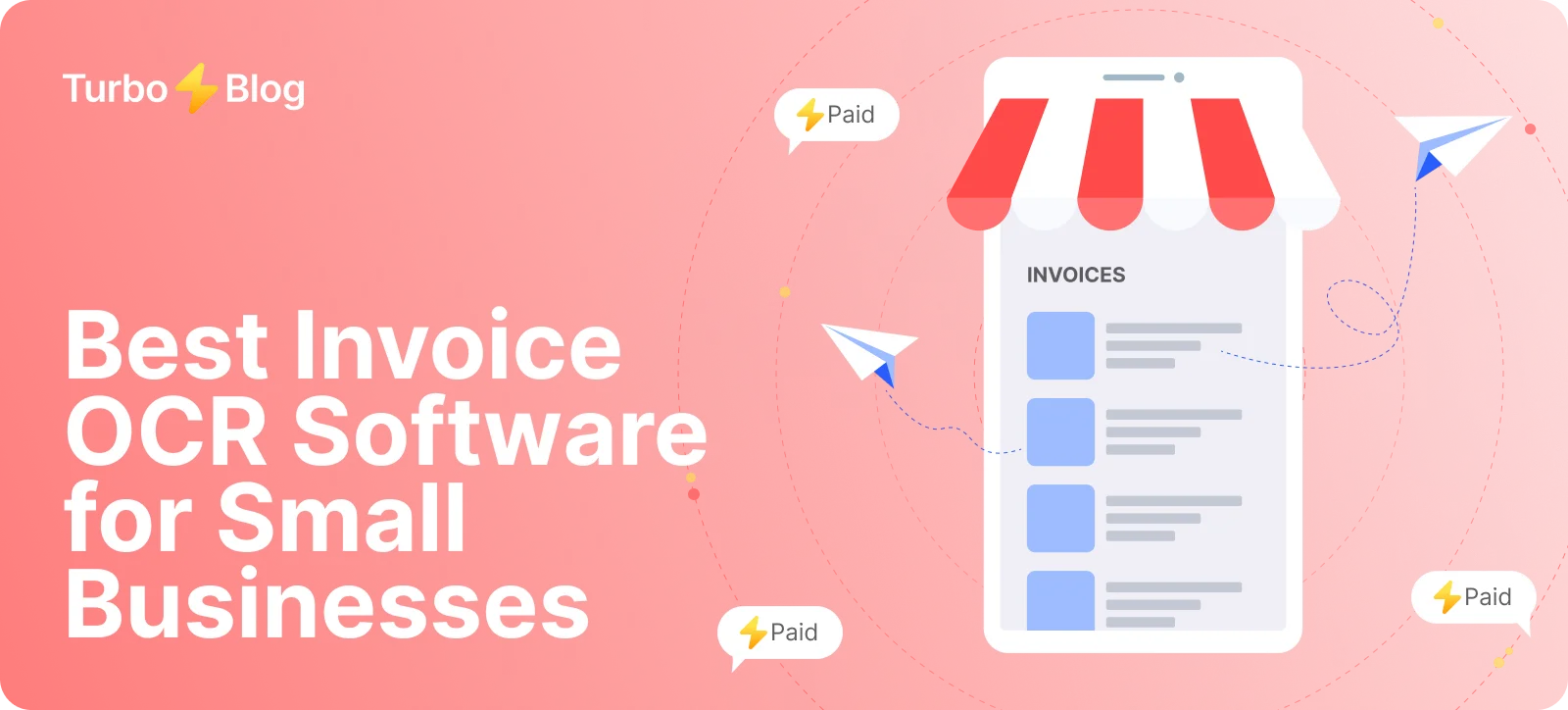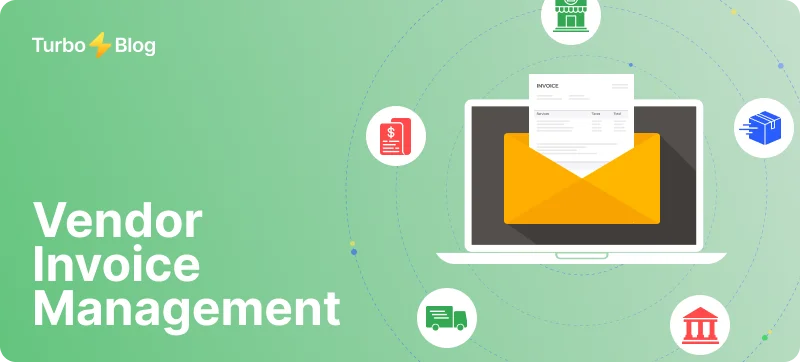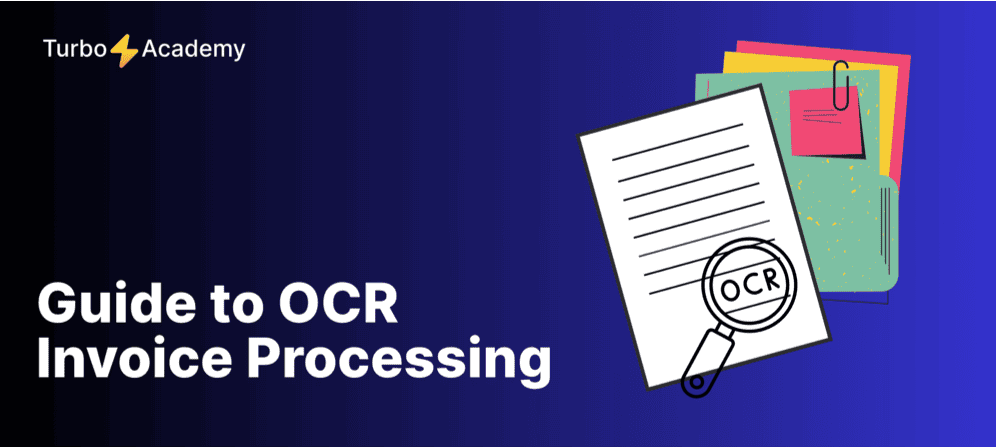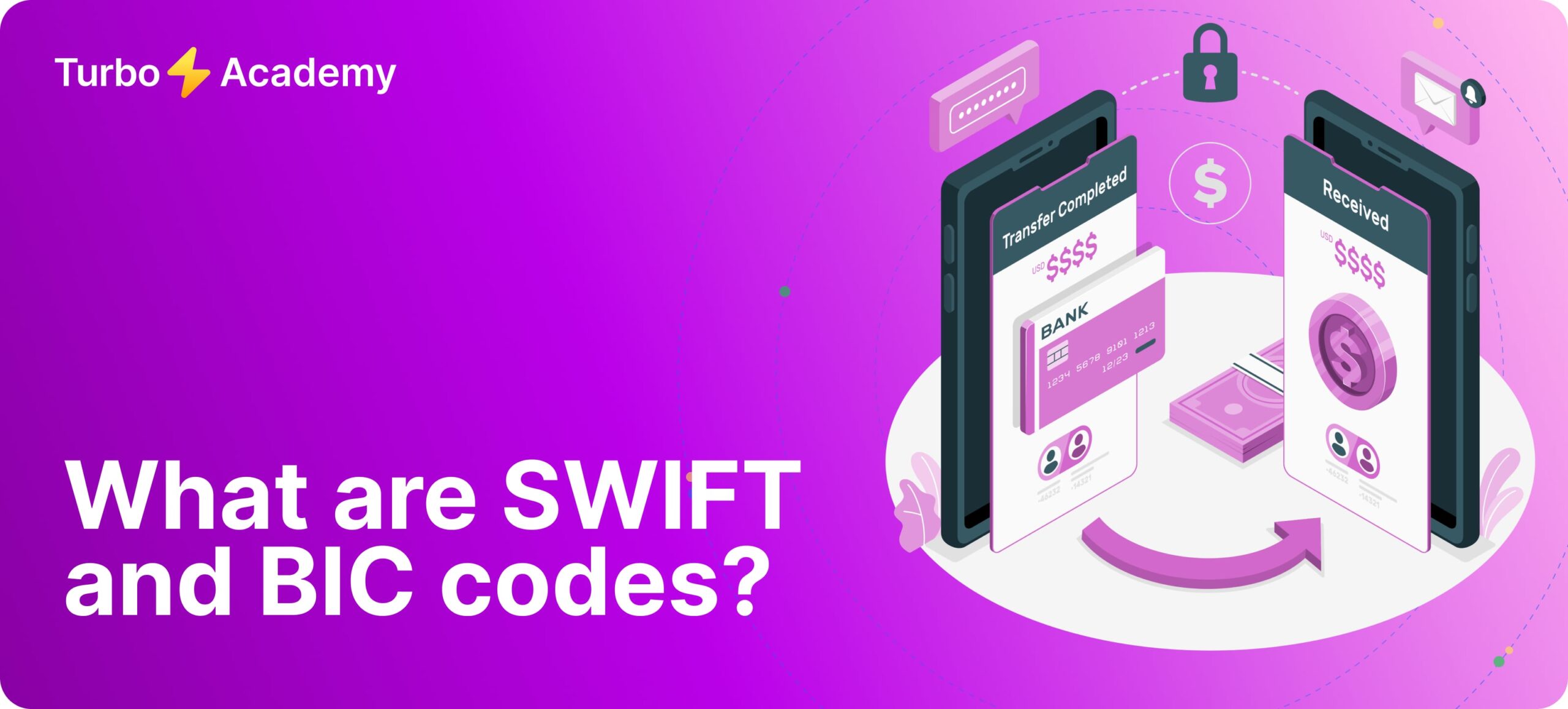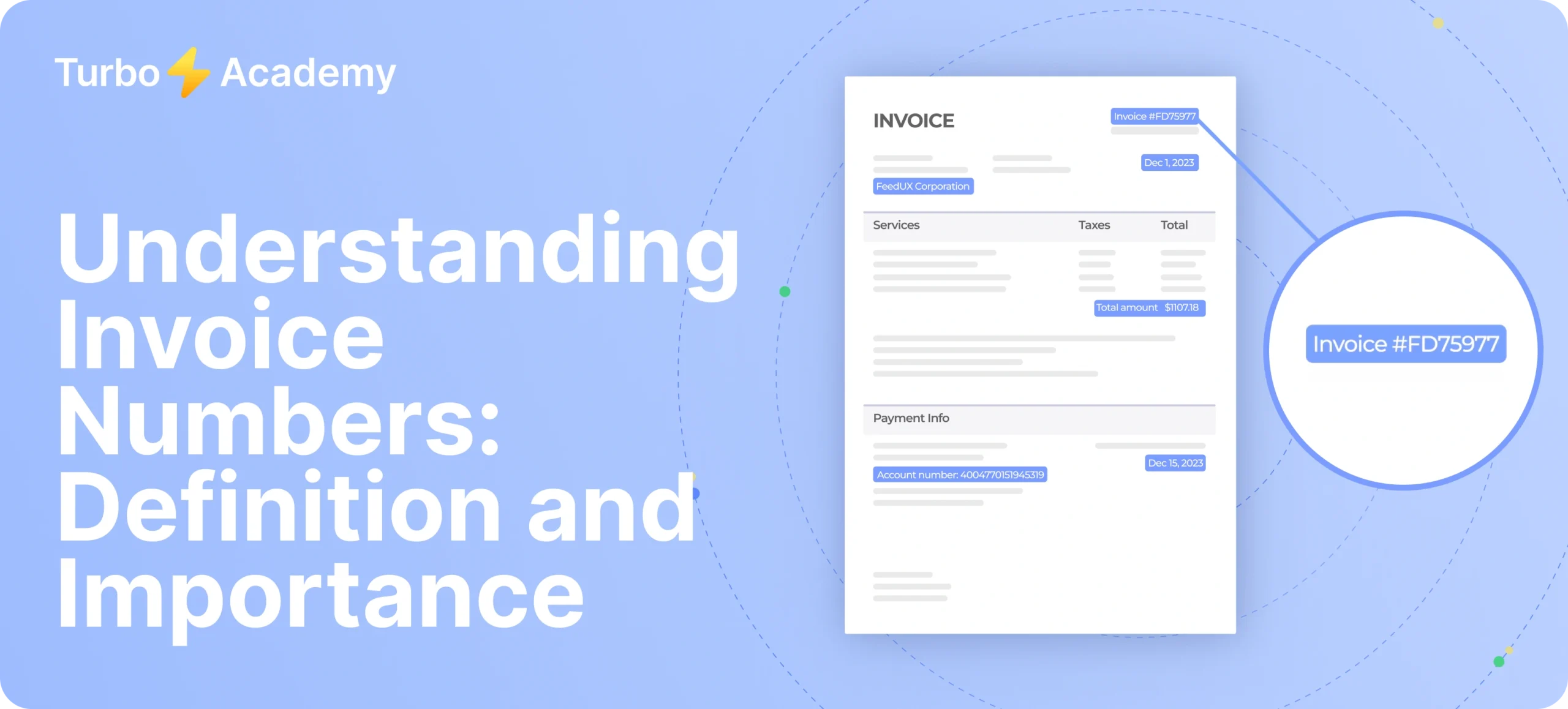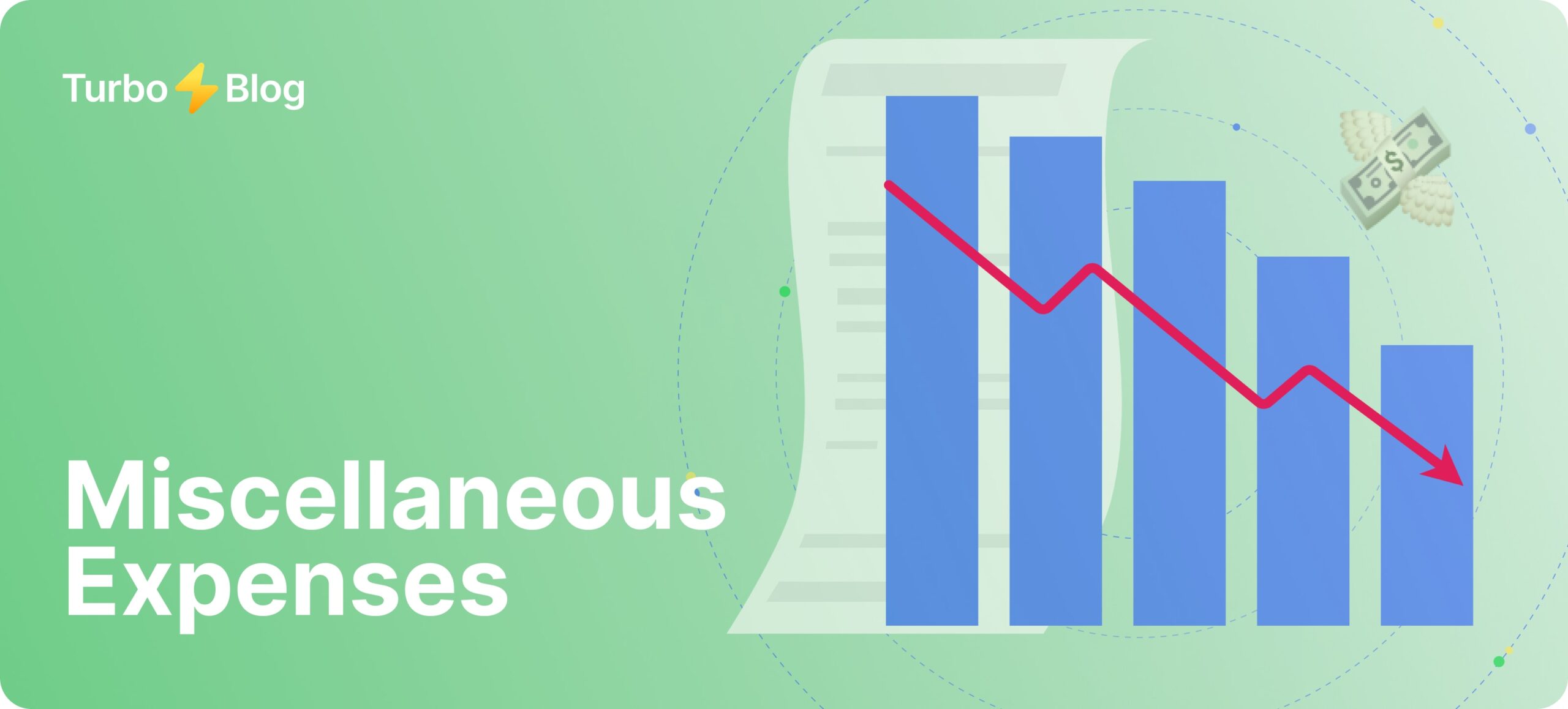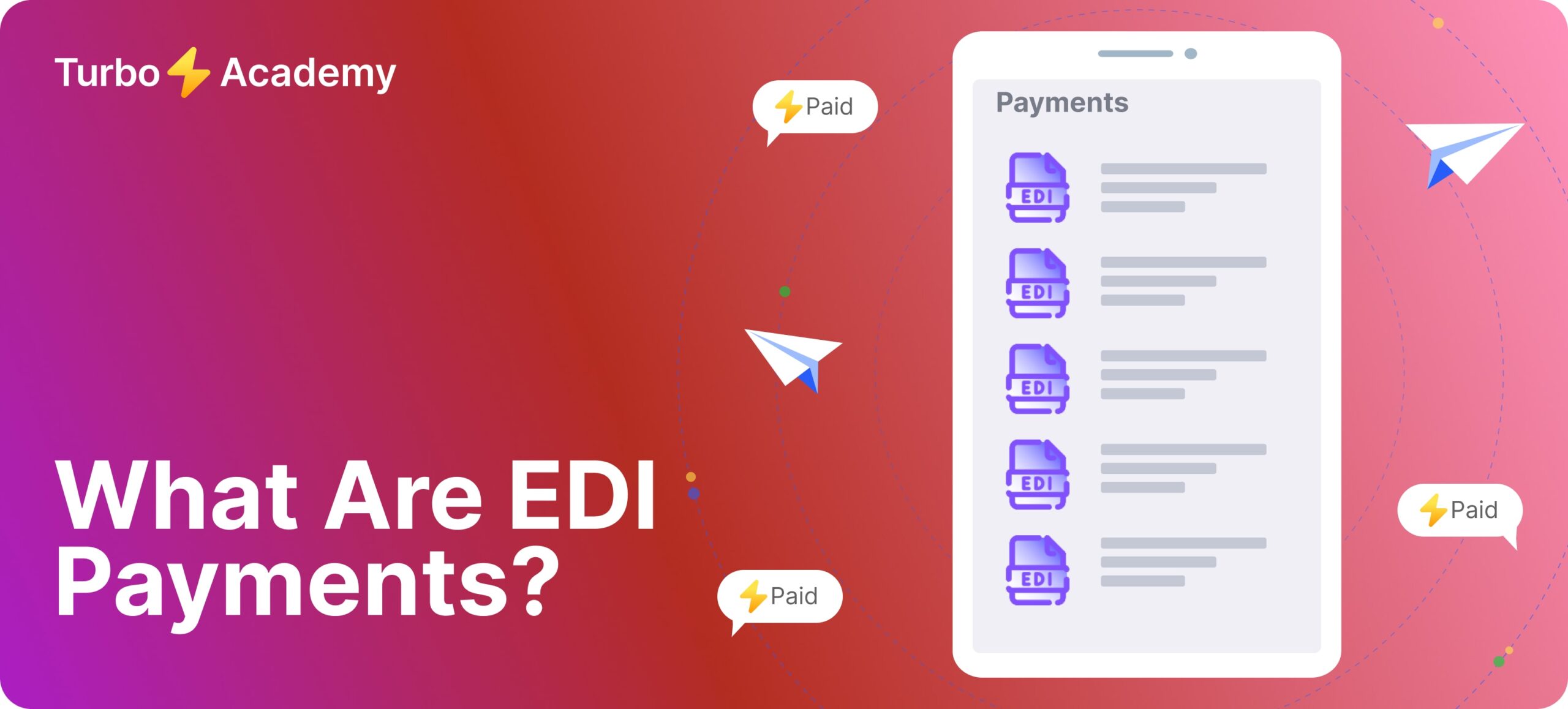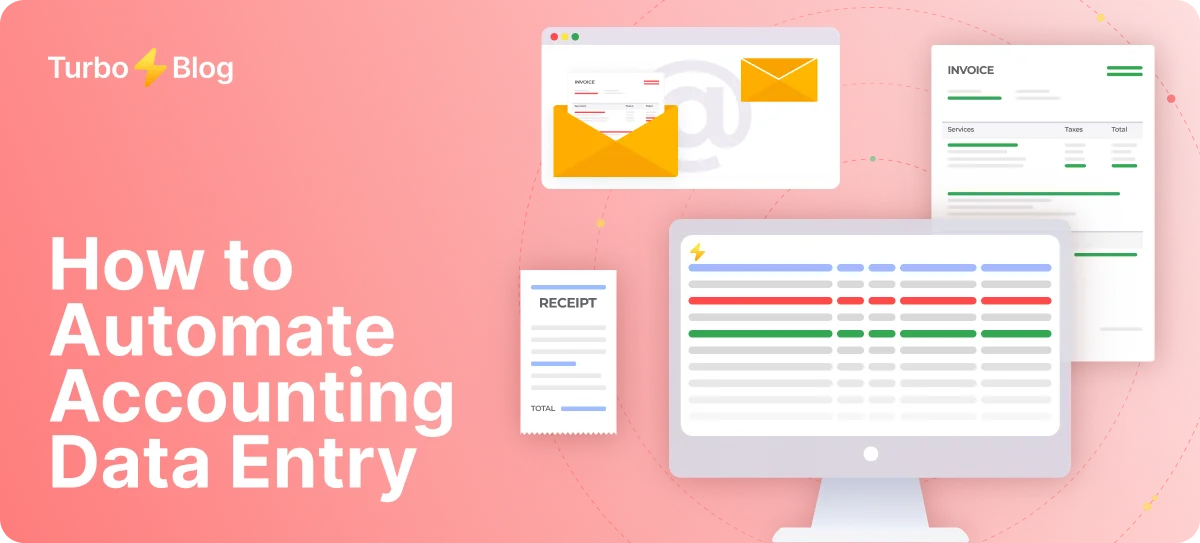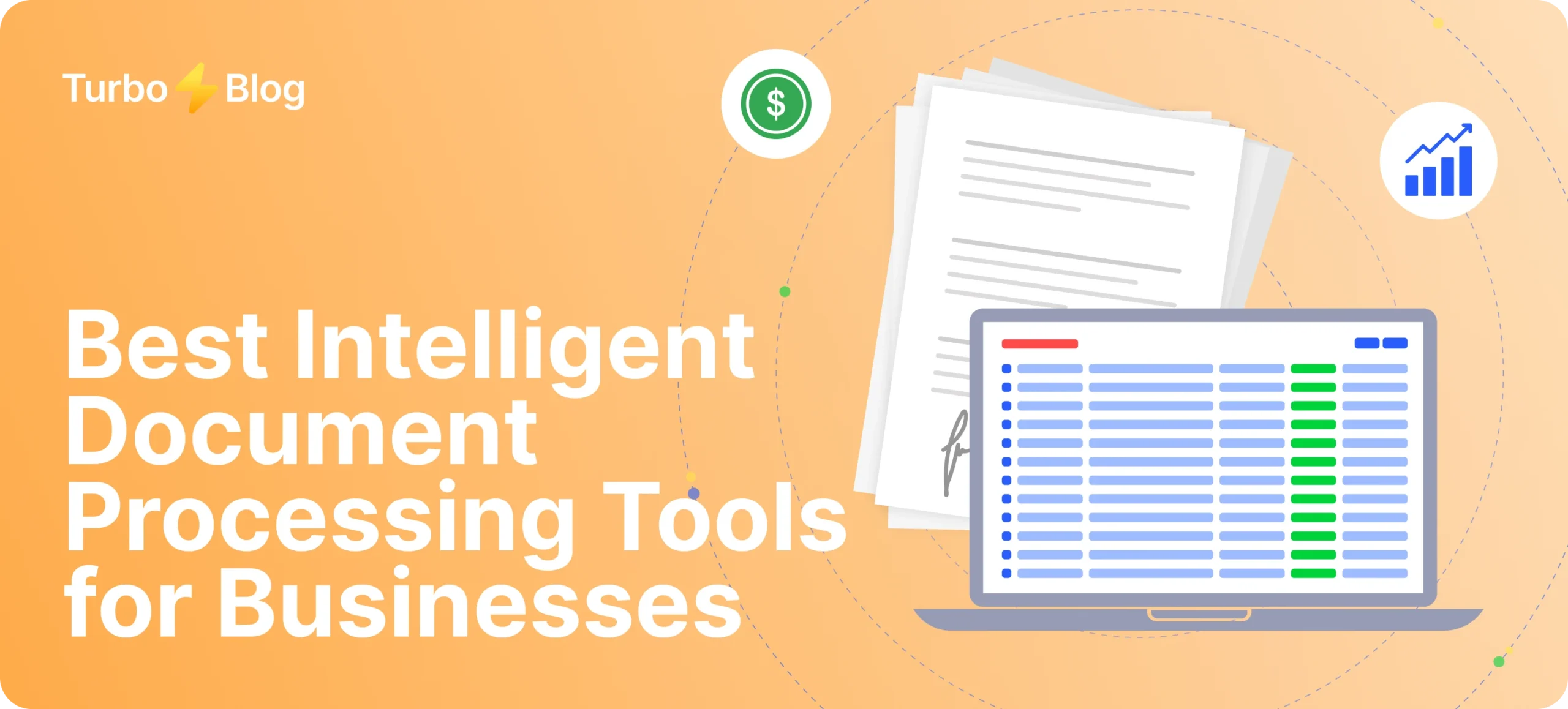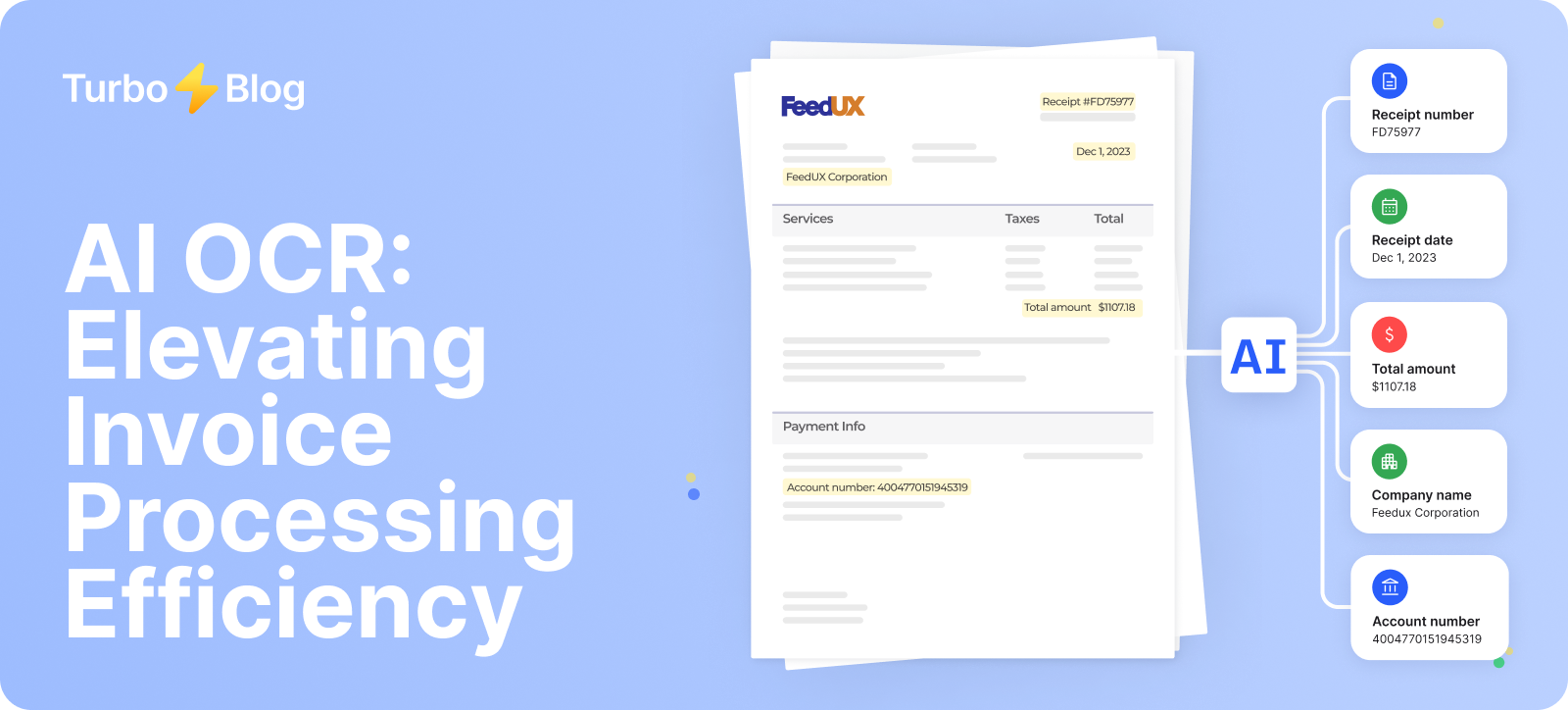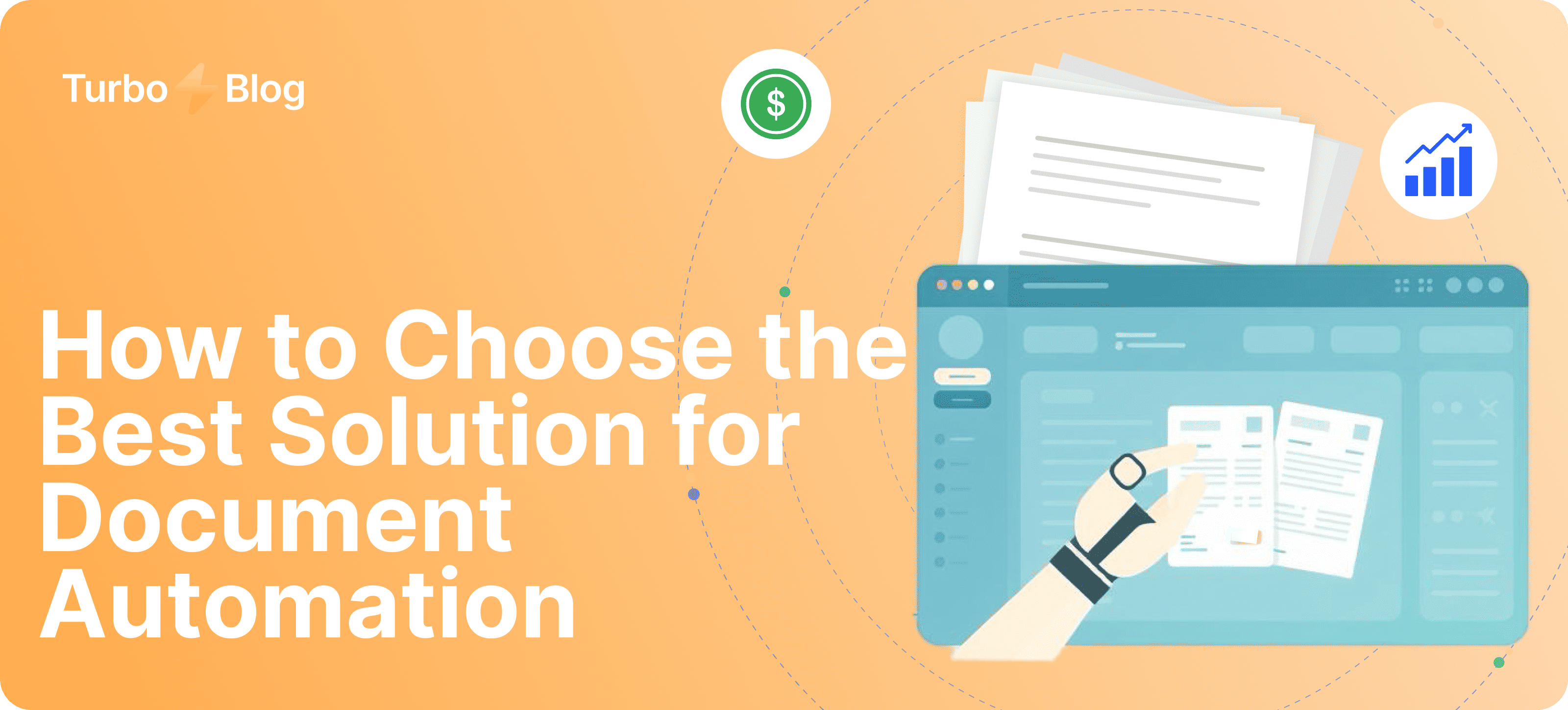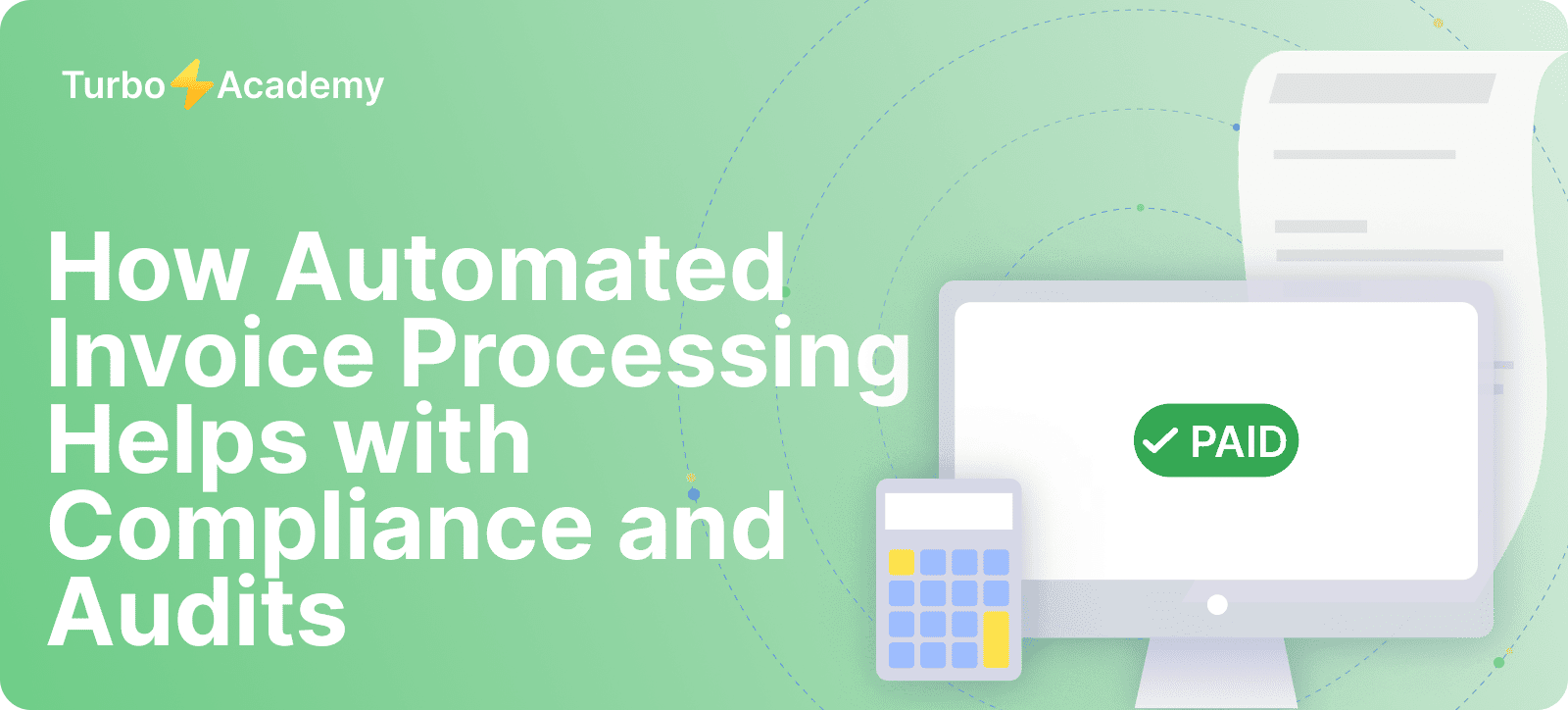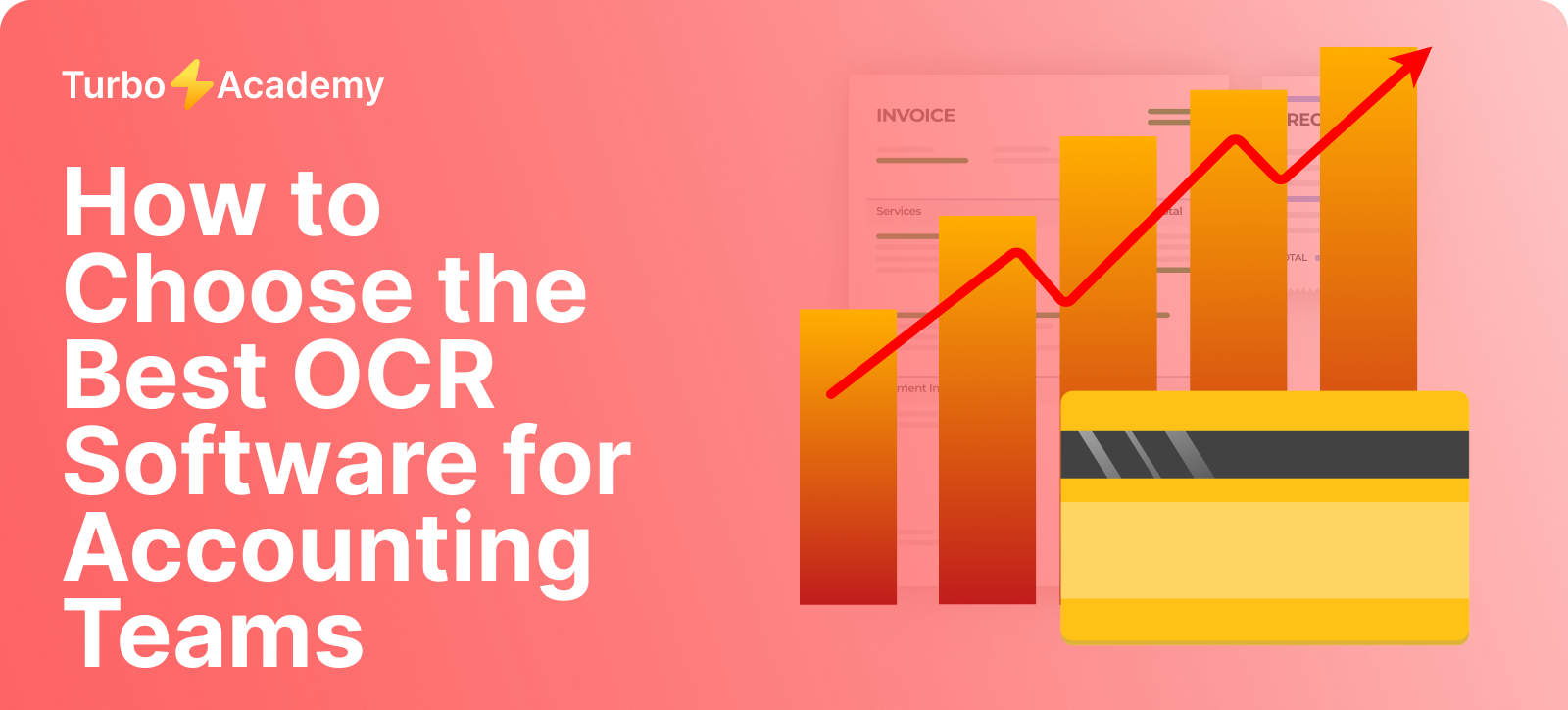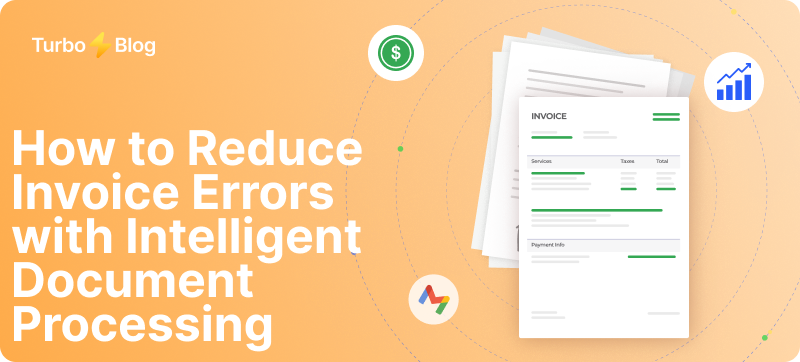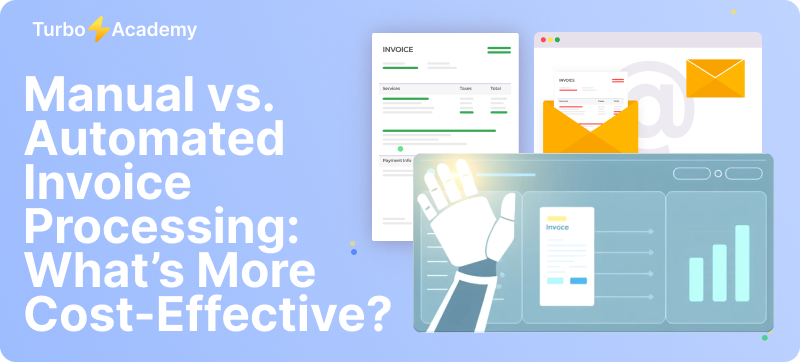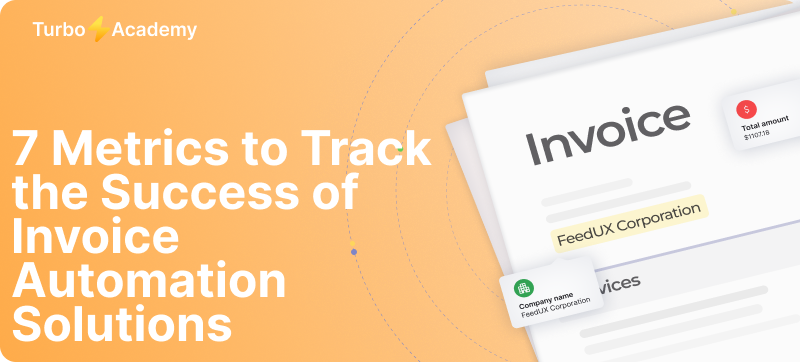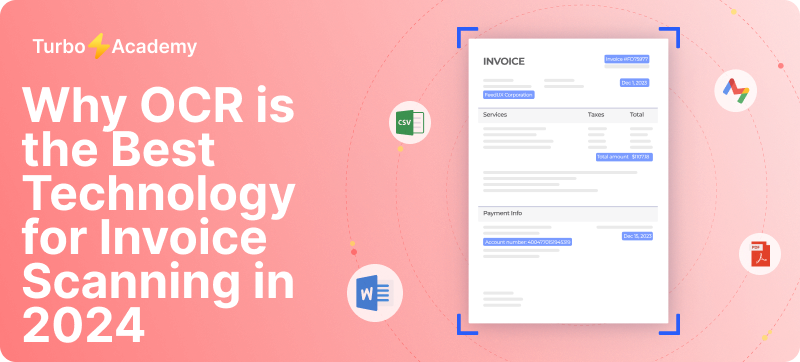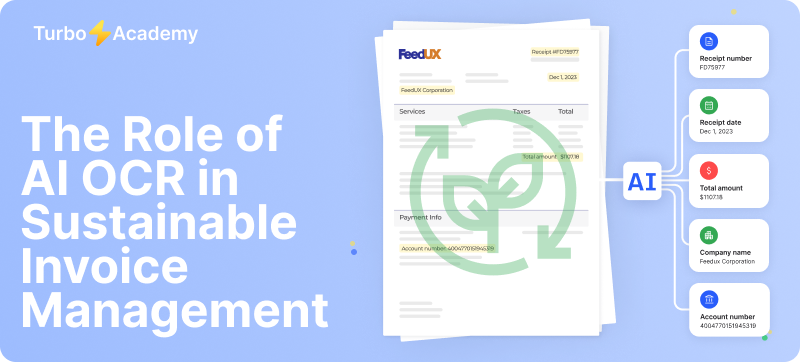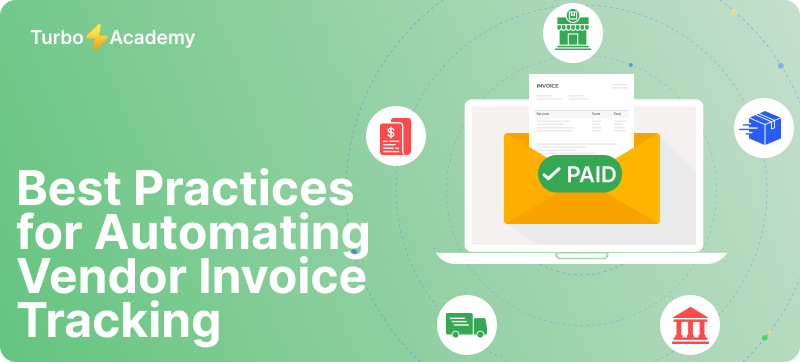In the world of finance and digital transactions, understanding the intricacies of your credit or debit card can be both fascinating and essential. One such critical component is the Bank Identification Number, commonly referred to as the BIN. Whether you’re a consumer looking to safeguard your financial information or a business aiming to streamline payment processing, understanding BINs is crucial. This article will delve into the meaning of a BIN, its purpose, how to find it, and its role in fraud prevention and payment processing.
Automate document processing with TurboDoc
Recognize invoices, contracts, and forms in seconds. No manual work or errors.
Try for free!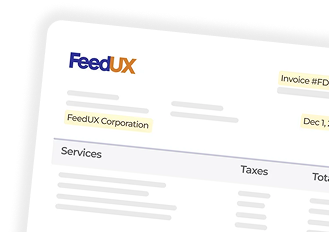
What is a Bank Identification Number (BIN)?
A Bank Identification Number (BIN) is the initial set of four to six numbers that appear on a credit or debit card. This unique sequence identifies the institution that issued the card. Essentially, the BIN serves as an address that tells you which bank or financial institution is responsible for the card. This number is crucial for facilitating transactions, ensuring security, and preventing fraud.
What Does a BIN Number Represent?
The BIN number represents several key pieces of information:
- Issuing Institution: The BIN identifies the bank or financial institution that issued the card.
- Card Type: It indicates whether the card is a credit card, debit card, or another type of payment card.
- Card Level: The BIN can also provide information about the card’s level, such as whether it’s a standard, gold, or platinum card.
- Country of Origin: The BIN can reveal the country where the issuing bank is located.
Understanding these elements can help both consumers and businesses make informed decisions during transactions.
How to Find Your BIN Number
Finding your BIN number is straightforward. It’s the first four to six digits of your credit or debit card number. For example, if your card number is 1234 5678 9012 3456, the BIN would be 123456.
Why is the BIN Important?
The BIN is essential for several reasons:
- Transaction Processing: When you make a purchase, the BIN helps route the transaction to the correct bank for authorization.
- Fraud Prevention: By verifying the BIN, merchants can detect suspicious activity, such as a mismatch between the card’s country of origin and the transaction location.
- Payment Processing: The BIN helps payment processors identify the card’s issuing bank, ensuring smooth and accurate transaction processing.
The Purpose of a Bank Identification Number
The primary purpose of a BIN is to facilitate secure and efficient payment processing. Here’s how it works:
- Authorization: When you swipe your card or enter your card details online, the BIN is used to route the transaction to the correct bank for authorization.
- Verification: The BIN helps verify the card’s authenticity, ensuring that it’s a valid card issued by a legitimate bank.
- Routing: The BIN ensures that the transaction is routed to the correct payment network, such as Visa, MasterCard, or American Express.
How Does a BIN Help in Fraud Detection?
Fraud detection is one of the most critical functions of the BIN. Here’s how it helps:
- Geolocation: By analyzing the BIN, merchants can determine the card’s country of origin. If a transaction is made from a location that doesn’t match the card’s origin, it could be a red flag for fraud.
- Card Type Verification: The BIN can verify the type of card being used. For example, if a transaction is made with a corporate card but the merchant only accepts personal cards, the BIN can help flag this discrepancy.
- Transaction Monitoring: By tracking BINs, financial institutions can monitor for unusual patterns or spikes in transactions, which could indicate fraudulent activity.
Automate document processing with TurboDoc
Recognize invoices, contracts, and forms in seconds. No manual work or errors.
Try for free!



Differences Between BIN and Other Card Numbers
While the BIN is a crucial part of your card number, it’s essential to understand how it differs from other numbers on your card:
- Card Number: The entire sequence of numbers on your card, typically 16 digits, includes the BIN and a unique account identifier.
- CVV/CVC: The Card Verification Value (CVV) or Card Verification Code (CVC) is a three or four-digit number used for additional security during online transactions.
- Expiration Date: This is the date after which the card is no longer valid.
Understanding these differences can help you better protect your card information and recognize potential fraud.
BIN Usage in Transactions
The BIN plays a vital role in every transaction you make. Here’s a step-by-step look at how it works:
- Initiation: When you initiate a transaction, whether online or in-store, the BIN is the first piece of information sent to the payment processor.
- Routing: The payment processor uses the BIN to route the transaction to the correct bank for authorization.
- Authorization: The issuing bank checks the card’s validity and available funds. If everything checks out, the transaction is approved.
- Completion: Once authorized, the transaction is completed, and the funds are transferred from your account to the merchant’s account.
BIN for Payment Processing
For businesses, understanding BINs is crucial for efficient payment processing. Here’s why:
- Routing Efficiency: By correctly identifying the BIN, businesses can ensure that transactions are routed quickly and accurately, reducing the risk of errors.
- Fee Management: Different banks and card networks may charge varying fees. By analyzing the BIN, businesses can better manage these costs.
- Fraud Prevention: As mentioned earlier, the BIN is a powerful tool for detecting and preventing fraudulent transactions.
How BIN Affects Transactions
The BIN can have several impacts on transactions, including:
- Transaction Speed: Accurate BIN identification ensures that transactions are processed quickly, reducing wait times for both consumers and merchants.
- Approval Rates: By ensuring that the BIN matches the card’s details, businesses can improve their transaction approval rates.
- Security: The BIN adds an extra layer of security, helping to verify the card’s authenticity and reduce the risk of fraud.
BIN Checker Tools
For those who need to verify BINs regularly, BIN checker tools are invaluable. These tools allow you to input a BIN and receive detailed information about the card, including the issuing bank, card type, and country of origin. This can be particularly useful for businesses that process a high volume of transactions and need to ensure accuracy and security.
Automate document processing with TurboDoc
Recognize invoices, contracts, and forms in seconds. No manual work or errors.
Try for free!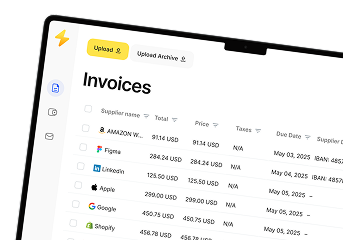
BIN and Fraud Prevention
In today’s digital age, fraud prevention is more critical than ever. The BIN is a powerful tool in the fight against fraud. Here’s how it helps:
- Real-Time Monitoring: By analyzing BINs in real-time, financial institutions can detect and prevent fraudulent transactions as they occur.
- Pattern Recognition: Over time, patterns of fraudulent activity can be identified by tracking BINs, allowing for more proactive fraud prevention measures.
- Enhanced Security: The BIN adds an extra layer of security to every transaction, making it more difficult for fraudsters to use stolen card information.
BIN Lists
A BIN list is a comprehensive database of BINs used by financial institutions and businesses. These lists are regularly updated to include new BINs and remove outdated ones. By maintaining an accurate BIN list, businesses can ensure that their payment processing systems are up-to-date and secure.
Conclusion
Understanding Bank Identification Numbers (BINs) is essential for anyone involved in financial transactions, whether you’re a consumer or a business. The BIN plays a crucial role in ensuring secure and efficient payment processing, detecting and preventing fraud, and verifying the authenticity of credit and debit cards. By familiarizing yourself with the BIN, how to find it, and its various applications, you can better protect your financial information and streamline your transactions.
❓ Bank Identification Numbers (BIN) FAQs
How do I find my Bank Identification Number (BIN)?
The BIN is usually the first 6 digits of your credit or debit card number. You can find it printed directly on the card, but never share the full number publicly for security reasons.
Is a BIN the same as a bank account number?
No. A BIN identifies the issuing bank and card type, while a bank account number is unique to your personal account.
What are the 6 digits that identify a bank?
The first 6 digits on a payment card make up the BIN (or IIN – Issuer Identification Number). These digits identify the financial institution that issued the card.
Do all banks have a Bank Identification Number?
Yes, all institutions that issue credit, debit, or prepaid cards have BINs so that transactions can be properly routed.
What is an example of a Bank Identification Number?
An example would be a card starting with 453275 (Visa) or 601100 (Discover). Each set of numbers corresponds to a specific issuer.
How can I identify a bank by its BIN?
Payment networks and specialized BIN databases can match the BIN digits to the issuing bank. Many online BIN lookup tools are available, but they should be used carefully for security reasons.
How to get a Bank Identification Number?
Only regulated financial institutions can obtain BINs, typically by applying through payment networks such as Visa or Mastercard. Individuals cannot request a BIN.

